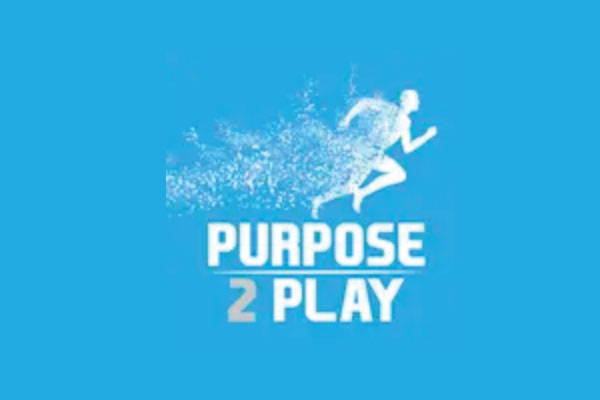By Brianna Arity
What does it take to train for the Paralympics Ski Race Team? After a boating accident took Chandler Balkman’s leg, prompting a 75-day stay in the hospital, the 26-year-old learned that it all starts with gaining confidence to move without fear.
For many athletes, running is a means to an end; a way to make the diving catch, chase down a tennis ball at the net, or stop a point guard with a clear lane to the hoop. Legs become a forgotten privilege. They were for Balkman until he lost one his at 16 years old.
In his hometown of Issaquah, Wash. a decade ago, Balkman was clipped by his family’s boat propeller while in a lake. His right leg ripped open from hip to toe, and a severed femoral artery put his life on the brink. With quick thinking, Balkman’s father drove a knee into the wound near his hip to try and stop the bleeding.
“Initially, I was in a coma for 13 days, and then I slowly progressed and healed over the course of a month,” Balkman said.
Then, he came down with a serious bone infection, which prolonged his hospital stay. A hip disarticulation was performed, meaning his entire leg was removed at the hip.
By December of that year, Balkman was out of the hospital and in a prosthetic leg. With weeks of intense physical therapy, he found his confidence and returned to school in early January.
Once he established a new version of normal in his daily life, his thoughts drifted to getting back out on the slopes.
“I was gaining enough confidence to try and ski as fast as I had on two legs,” Balkman said. “This was really the point where it felt like I had bounced back.”
His “I can do anything” attitude meshed with his new dream — training for the U.S. Paralympics Ski Race Team. However, during training, he discovered an affinity for backcountry skiing.
If you ask Balkman if his perspective on life has changed, he’ll answer without hesitation.
“At my best, I have found it easier to be grateful in the face of discouragement,” he said. “At my worst, I have moments of bitterness, but my success has almost always drowned out the negativity.”
Early on, his happiness was often tied to his physical accomplishments. It took time for him to learn that a missing leg and what it meant didn’t define him.
As he moved through the stages of grief, he was encouraged to feel all of the emotions that came with it.
“I was able to readjust my goals and my expectations,” Balkman said. “I found happiness in what I had accomplished, peace with what I will likely never do again, and motivation to push the envelope and still chase things that no one else had done.”
While Balkman came back with a fire lit under him, he cautions other amputee athletes about the grieving process.
“In hindsight, I think we should be aware of the pitfalls that injured athletes face. Sometimes they can be so supported that they’re not given the proper environment to grieve. It shouldn’t always be a knee-jerk, ‘You can do it!’ It might be that they need a shoulder to cry on.”
Balkman started Hip Disartic, a site that has gained some steam for being a resource for others, to help them understand what having a prosthetic leg is like.
“I had a prosthetist, who by making my leg, gave me back my life,” he said.
Balkman’s goal is to work in prosthetic care, something he is very close to achieving.
“I’m not disabled, I’m enabled” is one of the mantras he uses to help him lead a well-lived life whether on the ground or in the air, testing gravity.
“Life is good and it’s getting better every day.”




